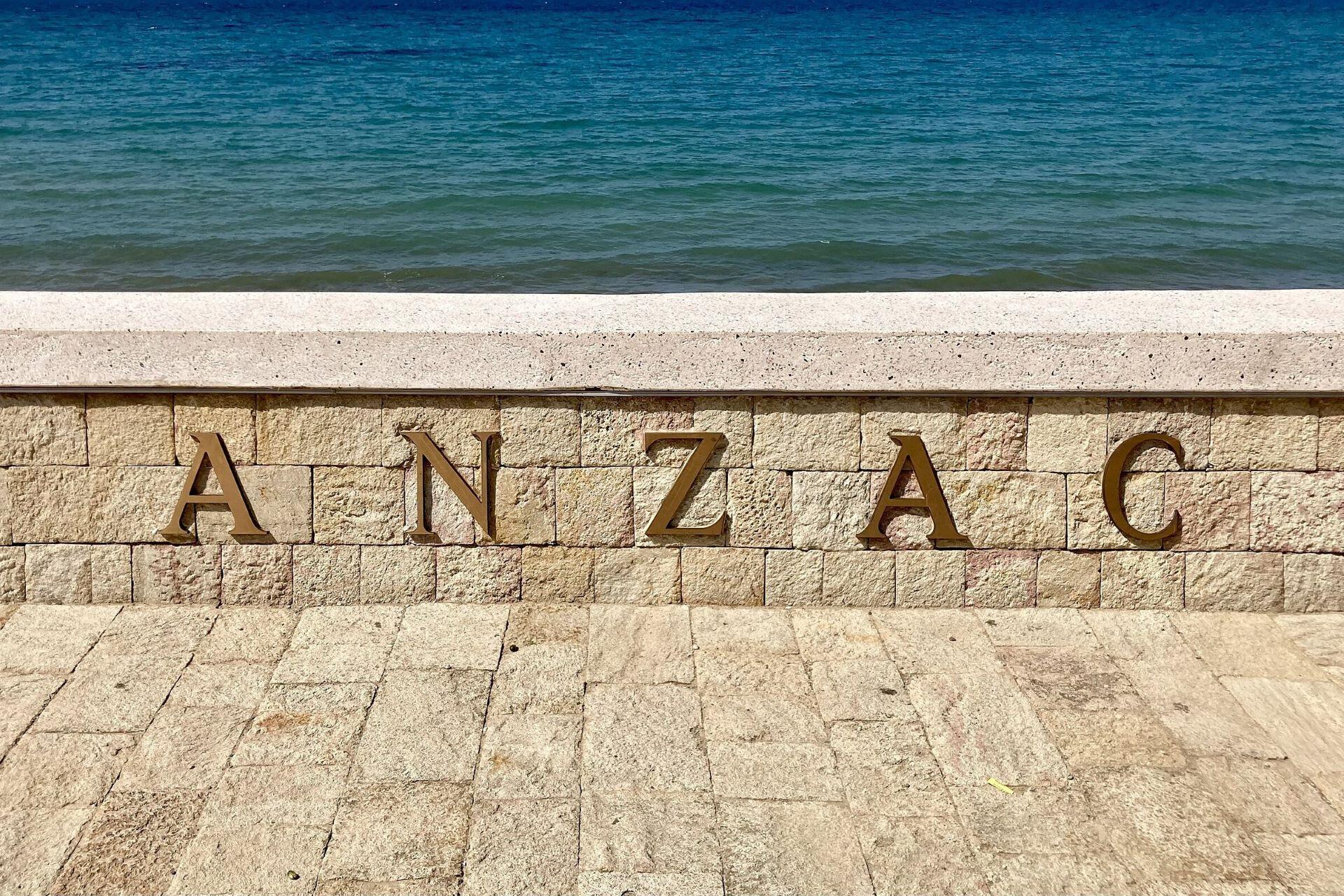From Federation in 1901 to the end of the Second World War in 1945, Australia was shaped by massive global conflicts that put its military, economy, and national identity to the test. From the Gallipoli campaign and the Western Front in World War I to North Africa and Papua New Guinea in World War II, Australia matured through conflict. Here's how these wars shaped Australia and reflected society back home.

Federation and the Road to War (1901–1914)
On 1 January 1901, the six self-governing colonies united to form the Commonwealth of Australia. They took control of national defence, foreign policy, and military organisation. Although this new Australia was politically independent in a sense, it was closely tied to the British Empire, as British colonists had established the first colonies. It relied on the Empire for naval protection and global diplomatic support. Understandably, this would significantly impact Australia's response when the First World War started in August 1914.
Australia established a small army and a coastal naval force, adopting the British military structure and training systems. With the Defence Act 1903 came compulsory military training. By 1911, an all-male cadet system had been established to prepare men for national defence. Australia's military strength remained limited, and its strategic security depended on Britain's control of sea lanes and the imperial alliances within the Entente powers.
Many Australians saw themselves as citizens of a young nation as well as subjects of the British Empire. When Britain declared war on Germany, an ally of the Ottoman Empire, in August 1914, Australia pledged troops for service overseas. This sense of duty to defend the Empire and also prove Australia's worth on the world stage would bring the young nation into one of its first defining military chapters: the Gallipoli campaign.
enlisted for the First World War.
Why Did Australia Join WWI?
Australia was just a teenager when the First World War broke out in August 1914. The country's foreign policy and defence commitments were still closely linked to the British Empire. Due to the constitutional arrangements in place at the time, a declaration of war by Britain automatically included Australia. There was no separate parliamentary decision to enter the conflict.
There was widespread public enthusiasm for the cause, regardless of the legal obligations. Many Australians felt a profound cultural and emotional connection to Britain, which was often referred to as the "Mother Country", though Aboriginal Australians also served. Australians served alongside British and New Zealand forces and it was seen as a duty and a chance to prove that the young nation was courageous and capable. Honour, adventure, and loyalty were promoted in recruitment campaigns, with the Ottoman and German enemies shown as threats to global freedom.
Economic and strategic considerations also played a part. Australia had to protect vital trade routes such as those through the Dardanelles and Suez Canal. This was key to the Allied war effort, with political leaders believing that Australia's voice would be strengthened within the Empire if it asserted itself as a reliable partner.
Loyalty, ambition, and geopolitical necessity led to the formation of the Australian Imperial Force (AIF), which famously participated in the Gallipoli campaign, one of the war's most famous and costly operations.
Gallipoli Campaign: Landing at Anzac Cove
The Gallipoli campaign was an Allied operation. The goal was to control the Dardanelles Strait, remove the Ottoman Empire from the war, and establish a supply route to Russia. On 25 April 1915, the Australian and New Zealand Army Corps (ANZAC) landed at what would become known as Anzac Cove on the Gallipoli Peninsula. They were supported by British and French forces but faced steep cliffs, narrow beaches, and fierce Turkish resistance under commanders like Mustafa Kemal.
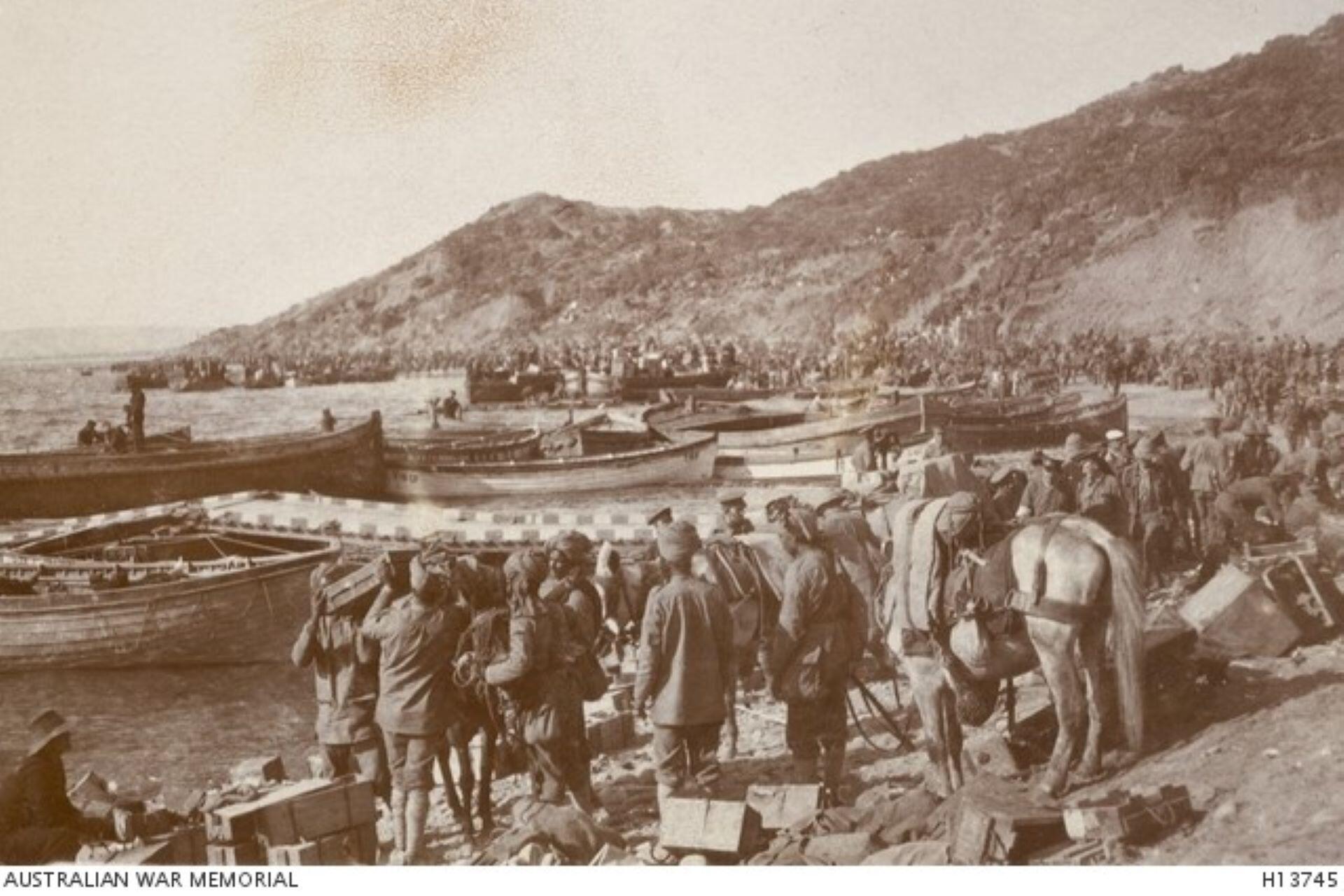
The initial landing didn't go well. Troops came ashore under heavy rifle and machine-gun fire, and many were killed or wounded before even reaching cover. Around 2,000 casualties were sustained by nightfall, but the ANZAC positions were secured. Over the following days, both sides dug in as attacks and counter-attacks ensued. Much like the Western Front, trench warfare resulted in a costly stalemate.
Several assaults, including the August offensives at Lone Pine, The Nek, and Chuuk Bair, were unsuccessful. Allied forces couldn't break through, and poor planning, difficult terrain, and the determined Ottoman defence meant that the campaign would become a prolonged struggle. The Gallipoli campaign lasted eight months before the Allied evacuation in December 1915. A military failure, but one that gave birth to the enduring ANZAC legend.

How Many Australians Died at Gallipoli and the ANZAC Legacy?
Around 50,000 Australians served on the peninsula during the Gallipoli campaign alongside New Zealand, British, French, and other Allied forces. Of them, 8,709 Australians died, with a further 17,260 wounded. Men were killed by enemy fire, disease, poor sanitation, and the living conditions in the trenches.
Militarily, the campaign failed. Despite this, it had a profound effect on Australian national identity. The courage, endurance, and mateship shown by the ANZAC soldiers, despite their defeat, captured the public imagination. The landing on 25 April was celebrated in 1916 as ANZAC Day, a national day of remembrance for those who served and died in war.
The ANZAC legend, which emerged from soldiers' letters, journalists' accounts, and official histories, is one of resilience in the face of hardship, humour, and loyalty to comrades. These ideals would shape how Australians perceived themselves during the remainder of the First World War and in later conflicts, including Australia's actions in WWII.
Approximately 50,000 Australians served at Gallipoli, with 8,709 killed and 17,260 wounded.
Australia’s Involvement in WWI Beyond Gallipoli
Although the Gallipoli campaign was a failure, after the withdrawal in December 1915, the Australian Imperial Force was redeployed to the other major theatres of the First World War. Most troops were sent to the Western Front in France and Belgium. Joined by British, French, and other Allied armies, Australians fought in some of the conflict's bloodiest battles. From 1916 to 1918, Australians fought at Fromelles, Pozières, Bullecourt, Messines, Passchendaele, and during the German Spring Offensive and the Allied Hundred Days Offensives.
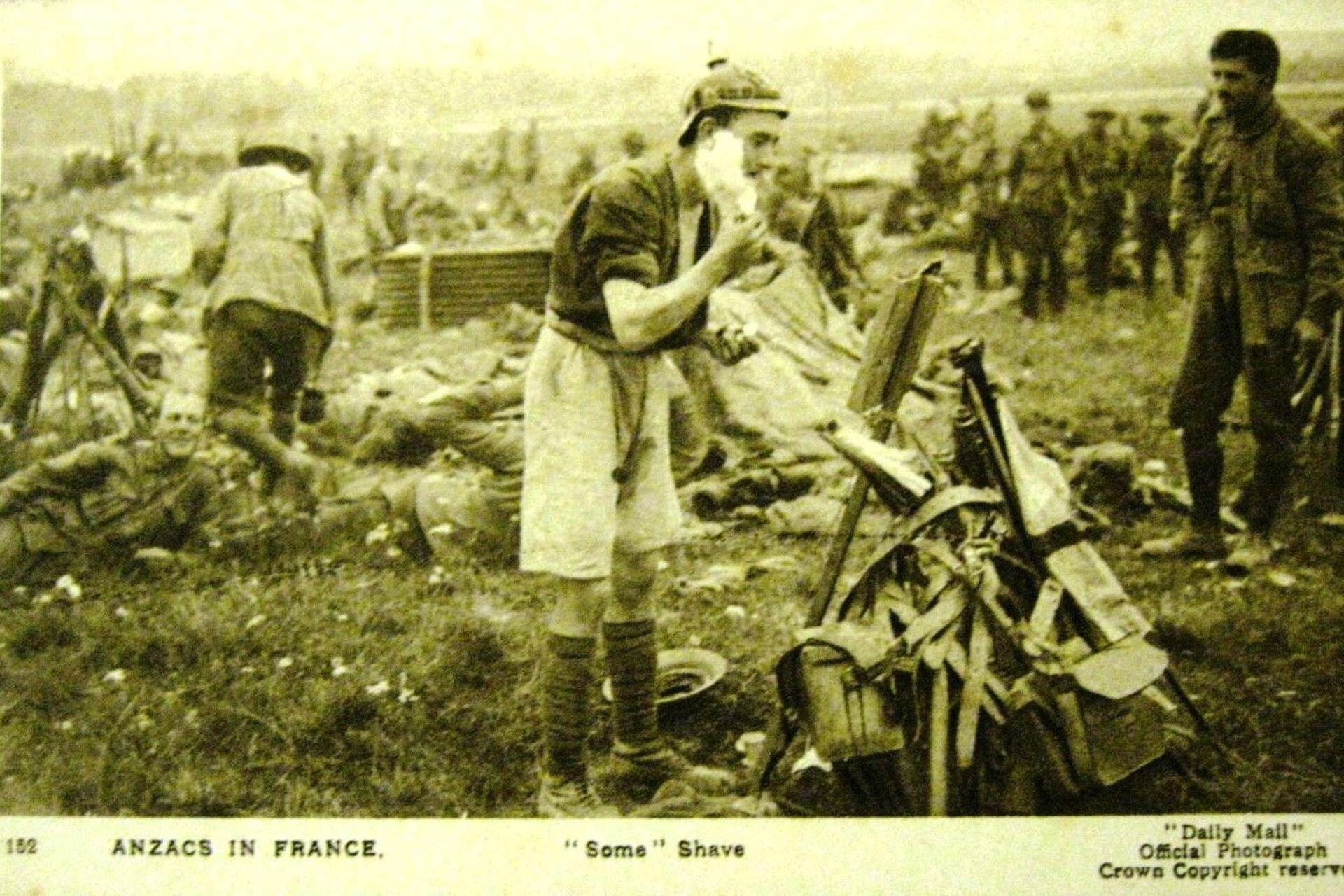
Conditions on the Western Front were harsh with freezing winters, waterlogged trenches, relentless artillery barrages, and the never-ending danger of enemy fire. Australian divisions earned themselves a reputation for effectiveness and determination. Of the almost 300,000 Australians who served overseas in WWI, nearly 60,000 were killed and around 150,000 were wounded.
Australian light horse units served in the Sinai and Palestine campaigns, where they played a key role in the capture of Beersheba in 1917. Naval forces secured sea lanes and hunted German raiders and by the end of the war, Australia had made a massive sacrifice for such a small nation.
The Home Front and Conscription Debates
Back in Australia, the home front was involved in supporting the war effort. The government mobilised industry for military production, encouraged enlistment through campaigns, and organised rationing and fundraising events. Communities across Australia held patriotic rallies, sent care packages to troops, and contributed to the Red Cross and other relief organisations.
As the casualty list grew, particularly in the Gallipoli campaign and the Western Front, compulsory service divided the nation. In 1916 and 1917, Prime Minister Billy Hughes held two national referendums on introducing overseas conscription for military service. Both were narrowly defeated, highlighting some of the rifts in the young nation's society, especially between urban and rural populations, Irish-Catholic and Protestant communities, and labour unions and businesses.
Conscription debates were bitter affairs. Loyalty to the British Empire and the need for more soldiers clashed with the ideas of voluntary service and a fear of sacrificing too many young men. Conscription was rejected, but the voluntary enlistment system and massive public engagement meant that Australia provided significant reinforcements to Allied forces right until the end of the First World War in November 1918.
Australia in WWII: Europe, North Africa, and the Pacific
When Britain declared war on Germany in September 1939, Australia joined the conflict as part of the Allied cause. Australian troops went to the Middle East and North Africa, where they served alongside British and New Zealand forces. The 6th, 7th, and 9th Divisions of the Second Australian Imperial Force fought in key battles at Bardia, Tobruk, and El Alamein.
served between 1939–1945, across global theatres including Europe, North Africa, and the Pacific
Australian naval and air units engaged in operations across the Mediterranean, the Atlantic, and over Europe. RAAF squadrons flew missions with the Royal Air Force (RAF), including bombing raids, convoy escorts, and the D-Day operations in 1944.
Following Japan's entry into the war in December 1941, the conflict in the Pacific escalated. The fall of Singapore in February 1942 was a shock, and the Japanese took thousands of Australian soldiers prisoner. With air raids on Darwin and submarine incursions into Sydney Harbour, it was the first time that the Australian mainland had been under attack since the Federation. Australia's military had to shift to focus on defending the region alongside American forces under General Douglas MacArthur. In Papua New Guinea, including the Kokoda Track, Australian infantry halted the Japanese advance in gruelling jungle warfare.
The fall of Singapore on 15 February 1942 was one of the darkest moments in Australia's history. Singapore was heavily fortified and a key British stronghold in Southeast Asia. After only a week of fighting, it surrendered to the Japanese and over 15,000 Australian troops were taken prisoner. They endured brutal conditions in prisoner-of-war camps, including the Thai-Burma Railway. The loss shattered the nation's confidence in Britain to defend the region. It led to dramatic shifts in Australian defence policy.
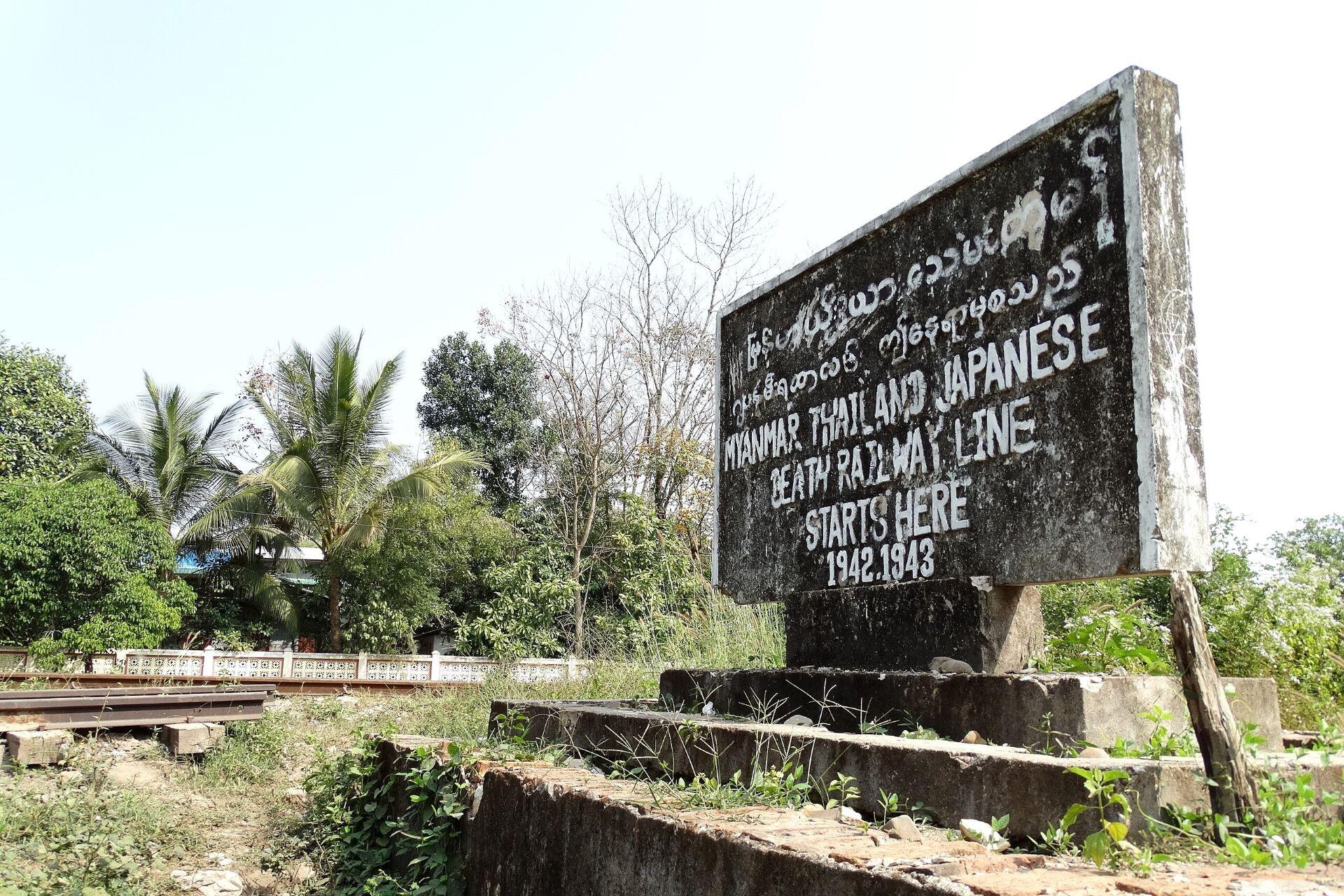
Nearly a million Australians served by the end of WWII, with significant casualties. This was a strategic turning point for Australia. The country had once again proven itself to be a committed allied power, but its security focus shifted away from reliance on Britain and towards stronger ties with the United States.
1 January 1901
Federation of Australia
Six colonies unite as the Commonwealth, gaining defence and foreign policy control, under loyalty to the British Empire.
25 April 1915
Gallipoli Landing
ANZAC troops land at Anzac Cove, beginning a brutal campaign that would forge the ANZAC legend.
1916–1917
Conscription Referendums
Two national votes on compulsory overseas military service were narrowly defeated, reflecting deep social divisions.
3 September 1939
Australia Enters WWII
Following Britain’s declaration, Australia enters the war, primarily supporting Allied campaigns in Europe and North Africa.
15 February 1942
Fall of Singapore
Singapore surrenders, leading to the capture of over 15,000 Australian troops and a pivotal shift in defence toward the United States.
The Social and Economic Impacts of War
The First and Second World Wars reshaped Australia's economy and society. The conflicts required a significant number of young men to leave the country. Labour shortages in farming, manufacturing, and transport led to increased workforce participation by women. During WWII, this trend was even more pronounced, with women assuming roles in factories, offices, and military auxiliary services.
War accelerated industrial development as factories shifted their production to munitions, ships, and military equipment. Government controls over wages, prices, and rationing stabilised the economy, with post-war immigration being used for reconstruction, laying the groundwork for growth in the decades that followed.
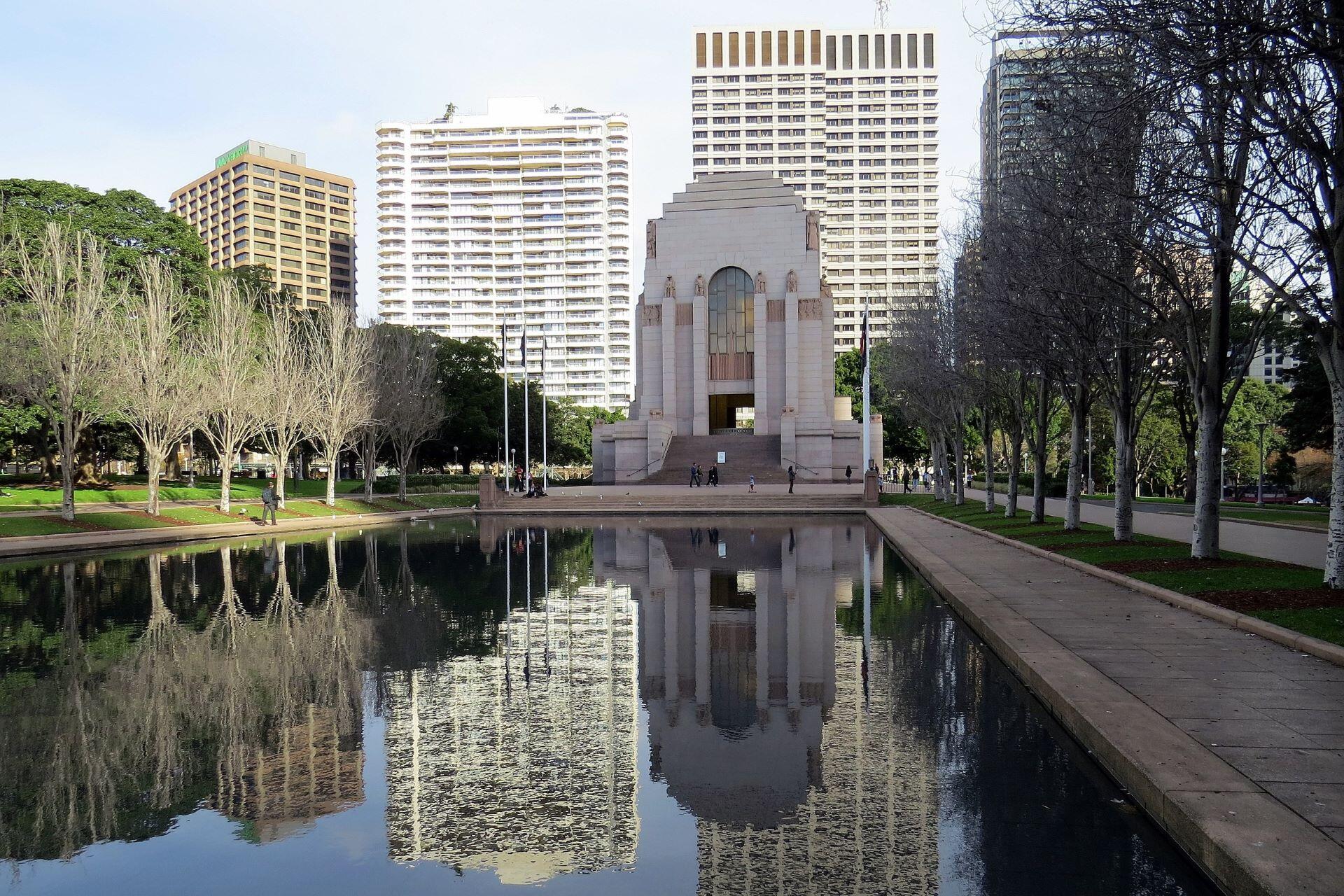
Socially, the wars deepened the Australian sense of identity, especially with the commemoration of ANZAC service. They also exposed divisions within the young Australian society when it came to conscription, Britain, the United States, and how minority groups were treated. Aboriginal Australians, for example, served in both wars despite discriminatory policies, returning from service to fewer rights in Australia than white veterans.
Australia emerged from two global conflicts with a stronger economy, a more diverse workforce, and a clearer sense of its place in the world. Sacrifices at home and abroad shaped how future generations would see the country.

